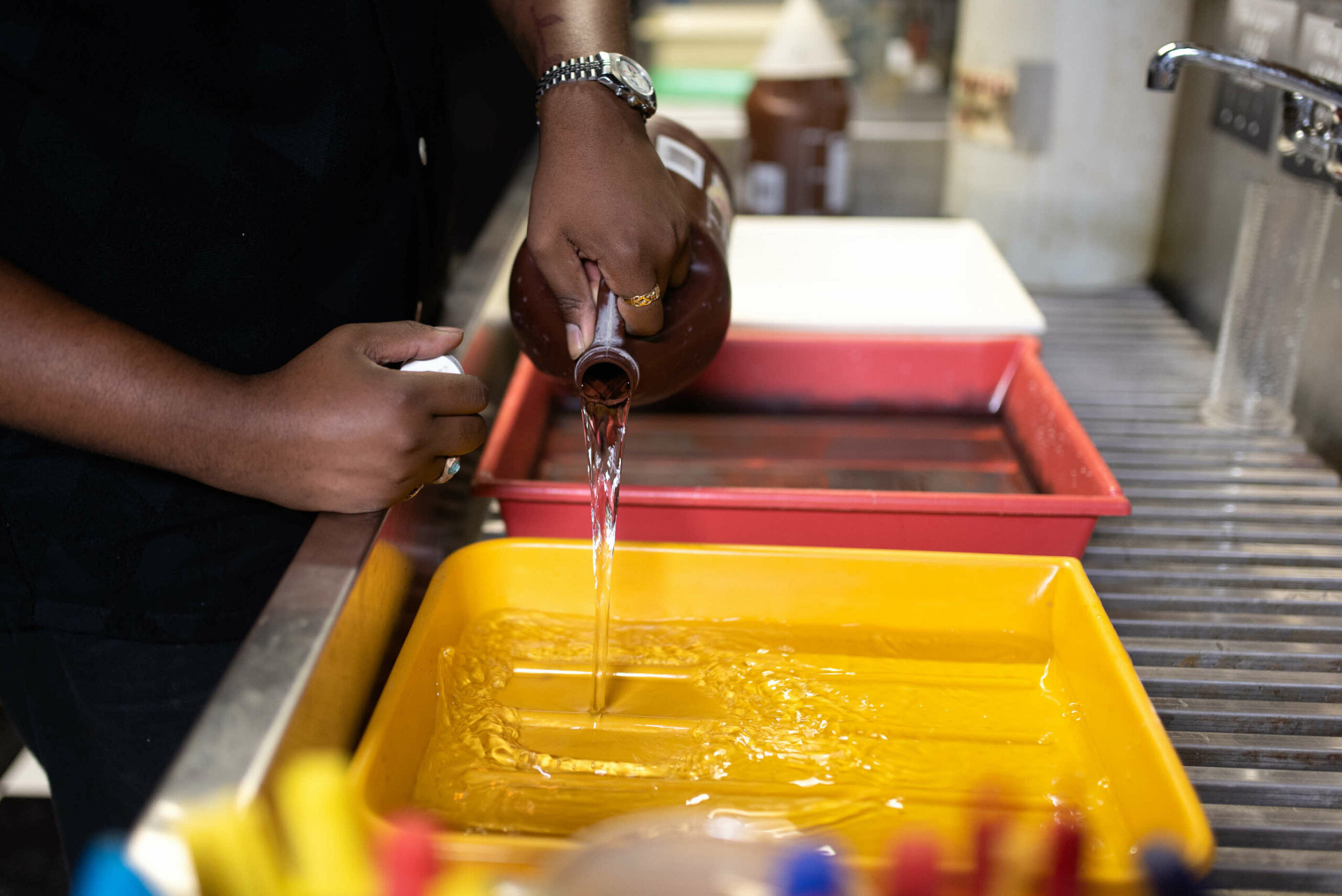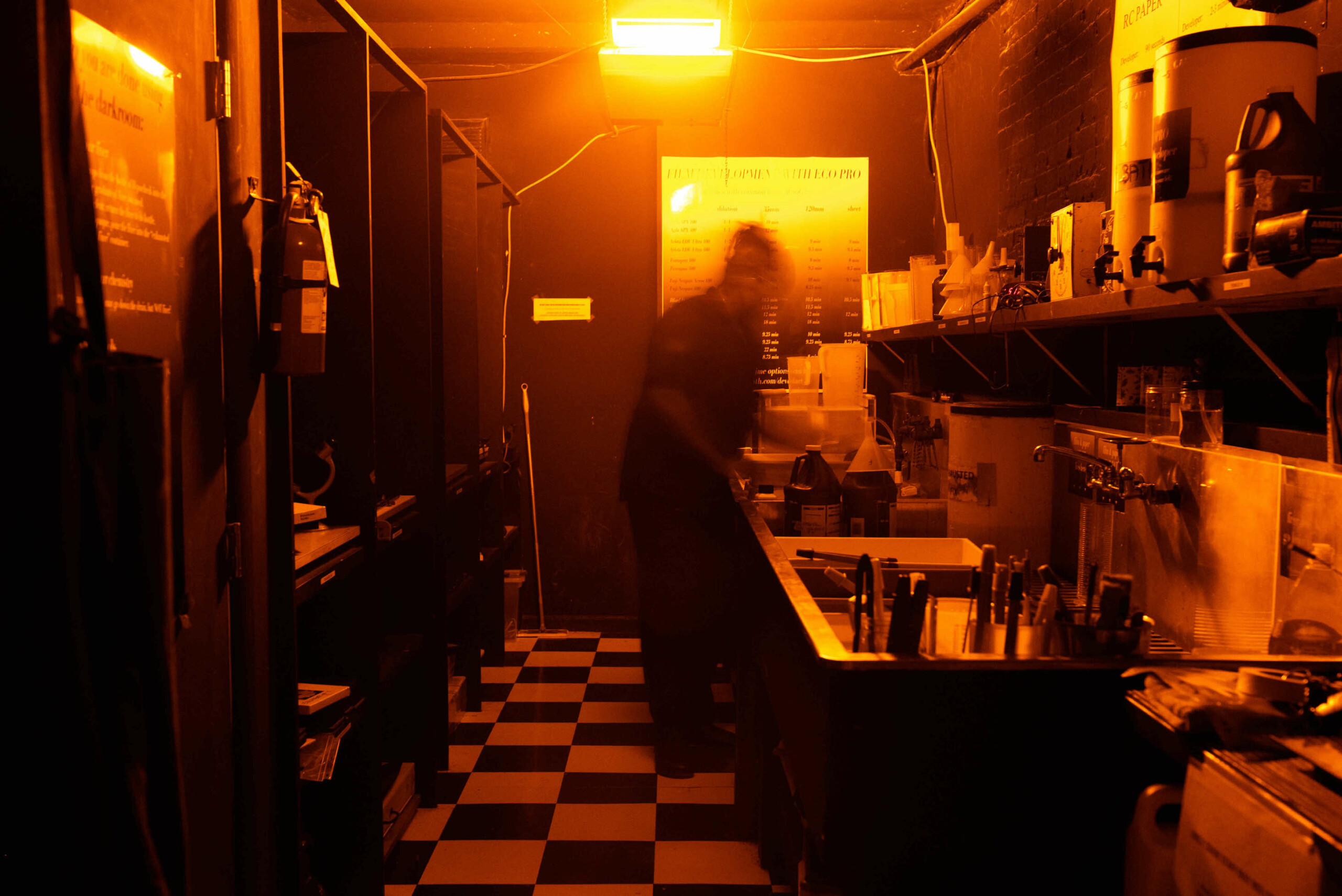There are few decisions in photography more elementary than the choice between slide film and negative film. Yet, many analog photographers have different criteria for choosing between the two. Knowing the difference between them will guide you in making the best choice according to your photography requirements. This guide covers determining whether you should use slide film or negative film by helping you decide which is best suited for your photography requirements before taking your film to be developed at a lab.
What is Slide Film?
Slide or transparency film captures positive images that do not require inversion during development. This type of film is known for its vibrant colors and rich contrast and is a favorite among photographers due to its sharpness and color accuracy.
On the other hand, slide film has a more limited dynamic range than negative film, capturing less detail in shadows and highlights. It is highly demanding in exposure and very unforgiving compared to negative films. However, when handled well, results are very striking, and that is why many landscape and nature photographers favor this medium. If you are looking for that professional finish, Gelatin Labs can offer the best in NYC develop film services for your negative film.
What is a Negative Film?
Since negative film produces images with negative colors, it also requires flipping when scanning or printing. Negative film’s biggest advantage is its wide dynamic range, which shoots greater details in tones and shadows, making it really flexible when lighting.
The negative film is relatively more forgiving in terms of exposure errors and can be perfectly applied for beginners or for photographic exploration by different styles. Also, since it produces a negative image, there is space for post-processing manoeuvres for color and tonal adjustments. For this reason, negative film is a good choice if you’re experimenting with creative output, especially if you need photo development in New York City.
Key Differences to Consider
- Color Accuracy: The slide film produces highly accurate and vibrant color, while the negative film is more flexible to modifications.
- Exposure Tolerance: Negative films are much more forgiving and easier for new people, but slide films are more demanding regarding exposure.
- Dynamic Range: Negative film is able to capture more detail in shadows and highlights than slide film.
- Best Use: Professional use, or landscape photography, is best suited for slide film; negative film can come in handy for a wide variety of uses and applications.
Which Film is Best For You?
If the need is more critical that your colors are sharp and accurate, then slide film is the best. If you want to be flexible and easy with correcting exposure, the negative film will prove to be better. Whichever choice you make, you will need a reliable lab in developing your film so do make sure that you get the right one. At Gelatin Labs, there is the expectation of being able to handle your slide and negative films expertly in the services for photo developing NYC.
Ultimately, understanding the features of slide versus negative film will guide you in selecting the best option for your needs. Whether you are a professional or an enthusiast, picking the proper film and developing service ensures you capture the perfect shot.

























